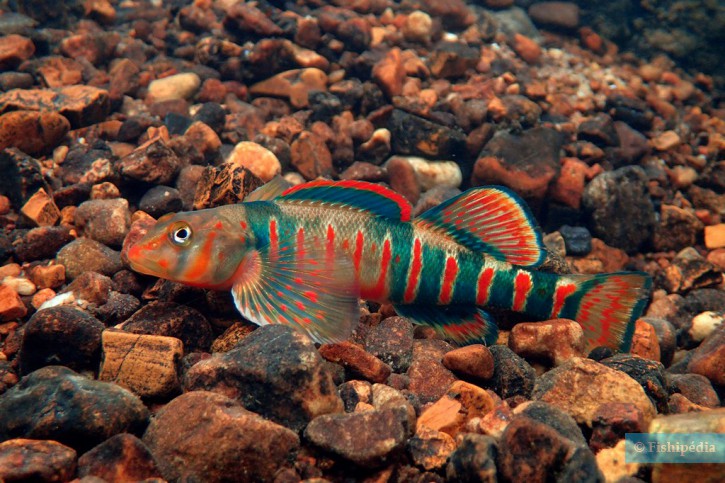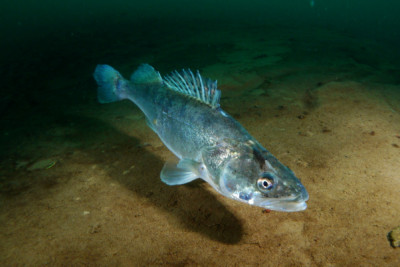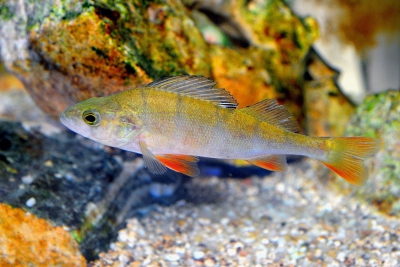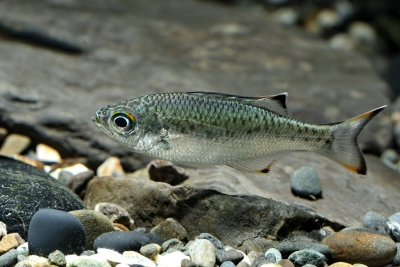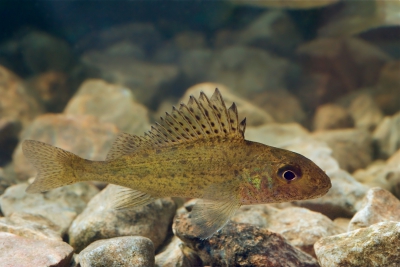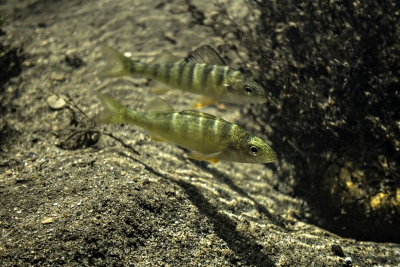finescale saddled darter
| Family | Percidae |
|---|---|
| Genus | Etheostoma |
| IUCN category (World) | NT |
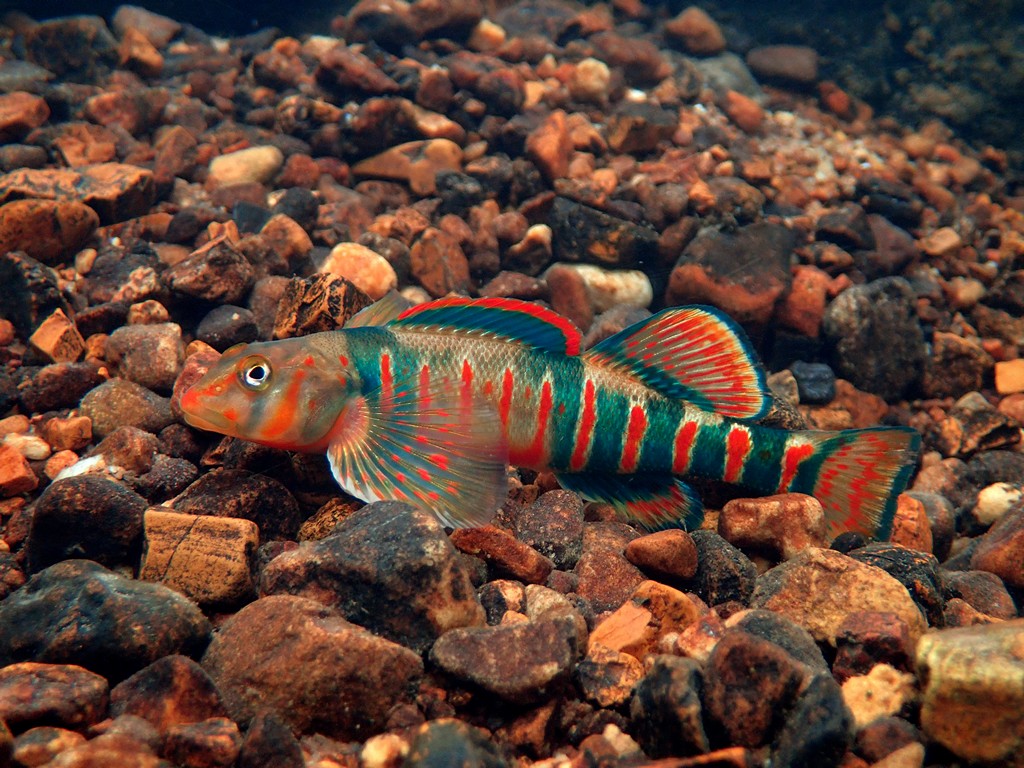

Introduction
The Etheostoma osburni, more commonly known as thefinescale saddled darter, is a small cold-water predator native to the Kanawha River basin in North America.
Who is it?
Morphology
-
Average size7 cm
-
Maximum size10 cm
-
Average size7 cm
-
Maximum size10 cm
How to recognize This fish ?
The finescale saddled darter measures between 7 and 10 cm.
Sexual dimorphism
Males have brighter colors than females.
Behaviour & Life cycle
-
dietcarnivorous
-
Sociabilitysolitary
-
territorialYes
-
Way of livingdiurnal
The finescale saddled darter is primarily acarnivore, feeding on small fish and benthic organisms such as insect larvae. Males are territorial, especially during the breeding season where they can be aggressive in order to court a female.
Reproduction
-
Reproductionovipare qui enfouit ses œufs
The finescale saddled darter is anoviparous fish that buries its eggs. When the female is ready to spawn, she partially buries herself and the male releases his sperm. Fertilization takes place in the substrate.
Once the eggs are laid, the parents abandon their offspring.
Harmless species
This species does not represent any particular threats to humans when encountered in its natural environment.
Origin and distribution
Geographic distribution & Conservation
This species is only found in the Kanawha River basin in West Virginia and Virginia, United States. It appears to be relatively rare and is the focus of conservation projects. It is listed as 'Near Threatened' by the IUCN.
Conservation status of populations (IUCN)
What is its habitat?
Natural environment characteristics
-
Temperature16 - 24 °C
-
FlowStrong
Biotope presentation
The species particularly prefers clear waters with strong currents and rapids. The substrate is typically composed of sand, pebbles, and rocks.
To go further
Sources & Contributions
Participation & Validation
The Fishipedia team and specialist contributors are committed to providing high-quality content. However, although the information comes from scientific sources or testimonials from specialists, the cards may contain inaccuracies.
Translation
Translation done with the valuable contribution of our translators, who make this information available to a wider audience. We sincerely thank them for their commitment.
Scientific partners
Species of the same family
